In 1850, E. W. Quincy of Illinois patented an open-roll ear-snapping mechanism. A series of innovations led to corn heads for combines. Harvesting corn with corn pickers using open rolls on corn pickers after 1925 proved to be dangerous as farmers often needed to clear stalks from the rolls. In 1885, E. M. Aiken, Dawson, ND, patented shielded snapping rolls with flat plates above the rolls. C. K Shedd and E. V. Collins, Ames, IA, patented a more aggressive shielded snapping device in 1941 which was later used on sweet corn pickers.
IA
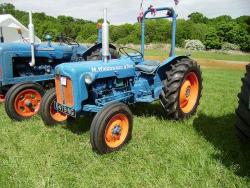
The First Agricultural Tractor Roll-Over Protection Structure (Rops) In The USA Resulted From Research By Lloyd H. Lamouria, Ralph R. Parks And Coby Lorensen At The Agricultural Engineering Department Of The University Of California At Davis. It Was Designed And Successfully Tested In The Summer Of 1956. It Was Exhibited And Reported At The Annual Meeting Of The Pacific Coast Section Of The American Society Of Agricultural Engineers (ASAE) In December 1956. Warren I. Hanson, Safety Coordinator, N.

In 1892, John H. Froehlich, Froehlich, IA, Mounted A Gasoline Fueled Internal Combustion Engine On A Traction Geared Frame And Used It To Power A Threshing Machine. A Change In Power Source Had Begun On North American Farms. In 1892, The Case Co., Racine, Wi, Built An Experimental Gas Traction Engine. In 1898 A Patent Was Issued To The Van Duzen Co. Cincinnati, OH, For A Gasoline Traction Engine. Huber Mnfg., Marion, Oh, Bought This Patent In 1898 And Produced 30 Prototype Units. In 1902, Hart-Parr, Founded By Charles W. Hart And Charles H.
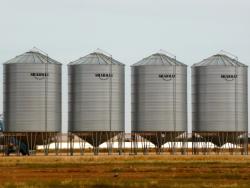
Tests Of Grain Aeration To Cool And Dry Combine-Harvested Wheat By F. L. Fenton, C. O. Swanson, And Orval C. French At Kansas State University In 1930-31 Showed Mechanical Ventilation To Be More Effective Than Natural Draft Ventilation. Mechanical Aeration Was Further Developed In The 1940's To Prevent Moisture Migration, Which Caused Wetting And Spoilage Of The Top Layers Of Stored Grain. Studies In 1944-45 By Usda Agricultural Engineers G. W. French And W. V. Hukill Cooperating With Iowa State University Proved That Mechanical Aeration Prevented Moisture Migration. G. H.
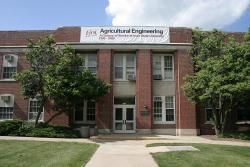
Designated an Historic Landmark in Honor of J. Brownlee Davidson a Founder of Agricultural Engineering First President of American Society of Agricultural Engineers Organizer of the First Professional Agricultural Engineering Curriculum July 1905 by American Society of Agricultural Engineers
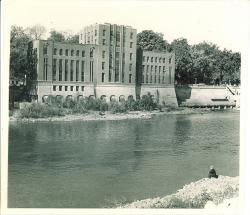
The Hydraulics Laboratory at The University of Iowa, renovated in 2001 and in 2003 renamed the C. Maxwell Stanley Hydraulics Laboratory, is the oldest university-based hydraulics laboratory in the U.S. that continuously has focused on research, education, and service in hydraulic engineering. Since its initial construction in 1919, the facility and staff have produced a massive amount of research that has shaped water-related constructs around the world. Its efforts have been guided by noted directors such as Floyd Nagler (1920-1933), Hunter Rouse (1944-1965), and John F.
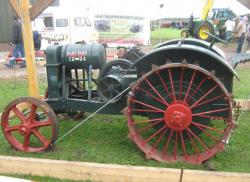
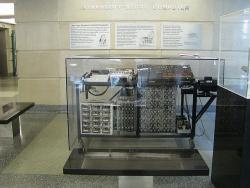
John Vincent Atanasoff conceived basic design principles for the first electronic-digital computer in the winter of 1937 and, assisted by his graduate student, Clifford E. Berry, constructed a prototype here in October 1939. It used binary numbers, direct logic for calculation, and a regenerative memory. It embodied concepts that would be central to the future development of computers.

Spearheaded by Hugh Cooper, the Keokuk Dam & Power Plant served as a prototype for many future power plants. The project harnessed the hydropower of the Mississippi River, between Keokuk, Iowa and Hamilton, Illinois.
The crest of the dam is nearly a mile long. The dam structure features 119 arch spans between six-foot-thick piers and a 110-foot-wide pneumatic lock. Combined with the lock, the dam reduced travel time for steamboats by nearly two hours.
Innovations
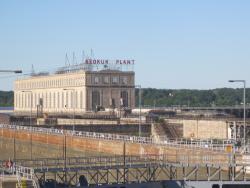
Spearheaded by Hugh Cooper, the Keokuk Dam & Power Plant served as a prototype for many future power plants. The project harnessed the hydropower of the Mississippi River, between Keokuk, Iowa and Hamilton, Illinois.
The crest of the dam is nearly a mile long. The dam structure…
Read More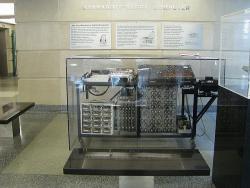
John Vincent Atanasoff conceived basic design principles for the first electronic-digital computer in the winter of 1937 and, assisted by his graduate student, Clifford E. Berry, constructed a prototype here in October 1939. It used binary numbers, direct logic for calculation, and a…
Read More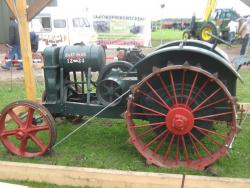
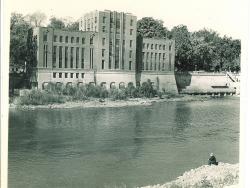
The Hydraulics Laboratory at The University of Iowa, renovated in 2001 and in 2003 renamed the C. Maxwell Stanley Hydraulics Laboratory, is the oldest university-based hydraulics laboratory in the U.S. that continuously has focused on research, education, and service in hydraulic engineering.…
Read More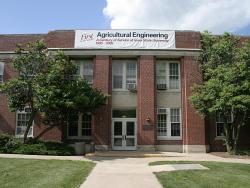
Designated an Historic Landmark in Honor of J. Brownlee Davidson a Founder of Agricultural Engineering First President of American Society of Agricultural Engineers Organizer of the First Professional Agricultural Engineering Curriculum July 1905 by American Society of Agricultural…
Read More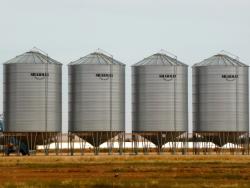
Tests Of Grain Aeration To Cool And Dry Combine-Harvested Wheat By F. L. Fenton, C. O. Swanson, And Orval C. French At Kansas State University In 1930-31 Showed Mechanical Ventilation To Be More Effective Than Natural Draft Ventilation. Mechanical Aeration Was Further Developed In The…
Read More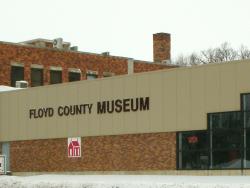
In 1892, John H. Froehlich, Froehlich, IA, Mounted A Gasoline Fueled Internal Combustion Engine On A Traction Geared Frame And Used It To Power A Threshing Machine. A Change In Power Source Had Begun On North American Farms. In 1892, The Case Co., Racine, Wi, Built An Experimental Gas…
Read More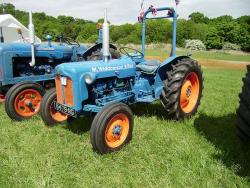
The First Agricultural Tractor Roll-Over Protection Structure (Rops) In The USA Resulted From Research By Lloyd H. Lamouria, Ralph R. Parks And Coby Lorensen At The Agricultural Engineering Department Of The University Of California At Davis. It Was Designed And Successfully Tested In The…
Read MoreIn 1850, E. W. Quincy of Illinois patented an open-roll ear-snapping mechanism. A series of innovations led to corn heads for combines. Harvesting corn with corn pickers using open rolls on corn pickers after 1925 proved to be dangerous as farmers often needed to clear stalks from the…
Read More

